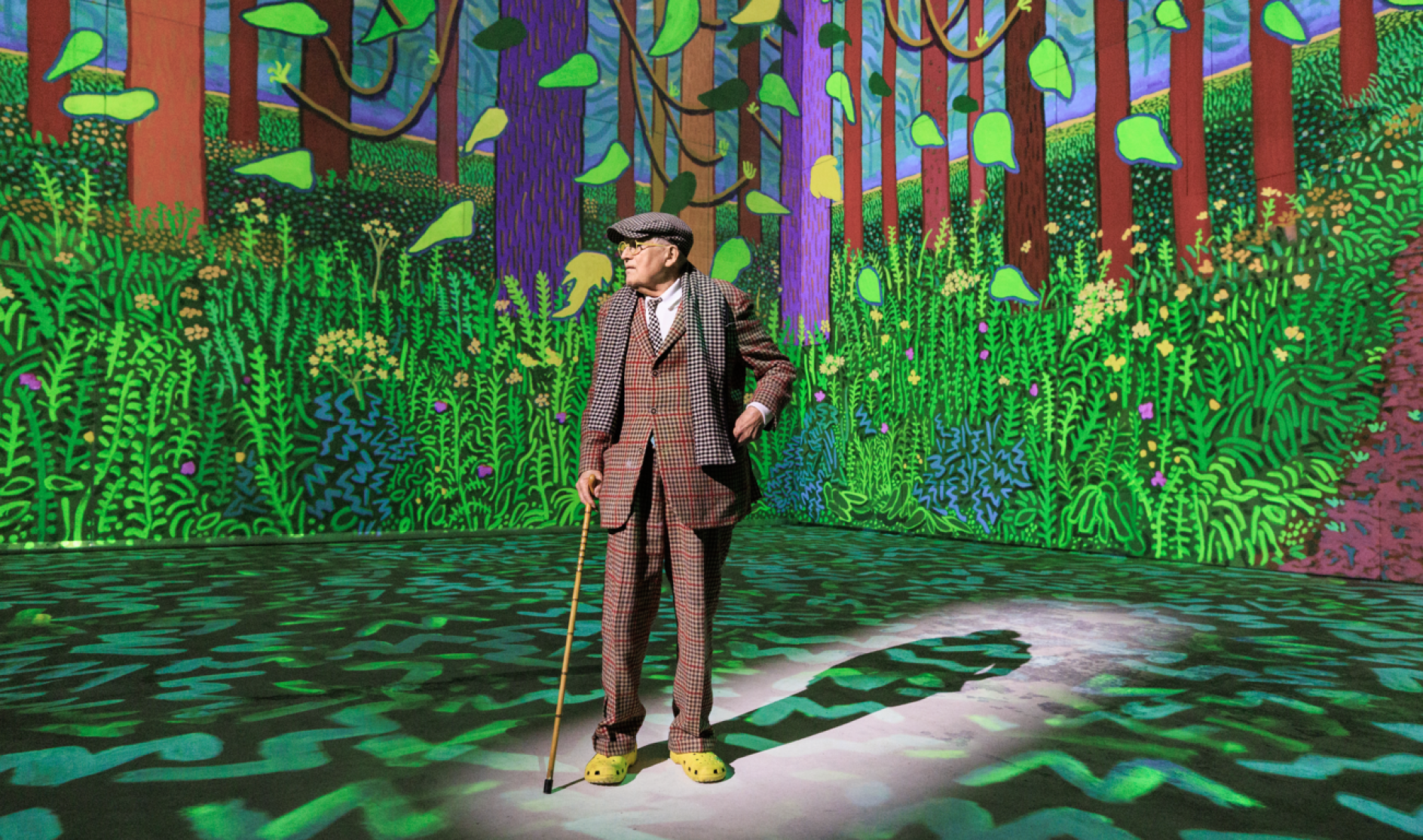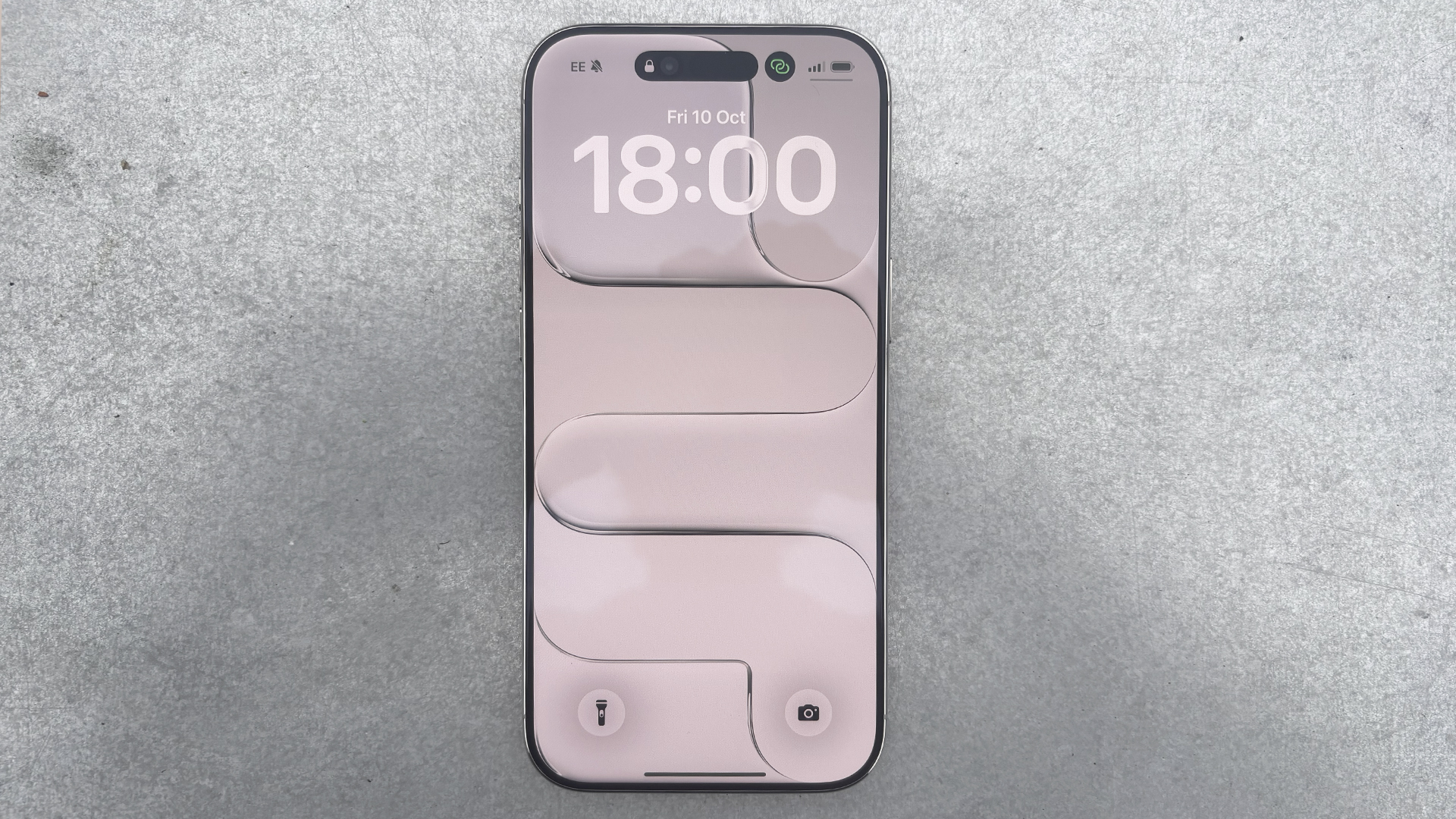Anyone who thinks the iPad isn't a serious art tool hasn't been paying attention
From royal commissions to gallery walls, digital painting is no longer just a quirky sideline; it's a valued artform in its own right.

Picture this: it's 2010, and David Hockney—arguably Britain's most famous living painter—walks into an Apple Store and emerges with an iPad. Here was a 71-year-old master, someone who'd spent decades perfecting his craft with actual paint and actual brushes, suddenly prodding away at a screen like he was playing Angry Birds.
"It's just a gadget," sniffed the critics. "Where's the skill in that?" asked the traditionalists. "Anyone can draw on a tablet," muttered the purists.
Almost two decades ago, Hockney can't have been that surprised by such a reaction. In fact, he mischievously may have expected it.
The problem is, some in the art world still haven't moved on. So in 2025, it's time for a reality check.
After all, nowadays even royalty gets it. (If you do get it, here are the best iPads for drawing.)
The King and iPad
Here's something that might surprise you: King Charles III has been taking artists on his official tours for four decades now. It's a lovely tradition that connects modern monarchy with centuries of royal patronage. Since 1985, 42 artists have undertaken the role, collectively visiting 95 countries during 69 tours – and the King pays for this out of his own pocket.
But this April, something historic happened. For the first time ever, a royal tour was captured not on canvas, but digitally. Fraser Scarfe, a 38-year-old artist from Lincolnshire, became the first tour artist to create his official record using a tablet (an iPad mini) during the King's state visit to Italy.
Daily design news, reviews, how-tos and more, as picked by the editors.
When the establishment that once commissioned Gainsborough starts embracing iPads, you know something fundamental has shifted. The same institution that values tradition above almost everything else has quietly acknowledged that artistic merit isn't about the tools you use – it's about what you create with them.
A post shared by Fraser Scarfe (@fraserscarfe)
A photo posted by on
And if digital art is good enough for royal commissions, maybe it's time to stop treating it like a novelty act.
Hockney's lead
Let's get back to Hockney for a moment, because his iPad period isn't some late-career experiment with shiny new toys. This has been a serious artist discovering that technology could actually expand his creative possibilities, not limit them.
Take The Arrival of Spring in Woldgate, East Yorkshire in 2011 – a work that could only have been created on an iPad. The portability meant he could work outdoors in ways impossible with traditional painting. The ability to layer and adjust meant he could capture the ephemeral quality of changing light. The infinite undo let him take risks he might not have tried with physical media.
And guess what? Galleries worldwide scrambled to exhibit these pieces. Collectors paid serious money for what were essentially digital files printed on paper. The market had spoken, loud and clear.
Time to catch up
You could argue the artform truly arrived when major galleries start collecting it. The Tate Modern, the National Gallery and similar institutions worldwide – they've all featured iPad art in both permanent collections and temporary exhibitions. When curators, traditionally the most conservative arbiters of artistic merit, embrace a medium, the argument is effectively over.
The art market, too, has followed suit. Auction houses now regularly feature digital works. Collectors view them as sound investments. The whole NFT phenomenon, whatever you think of it, further legitimised digital art in the eyes of the market.
A post shared by Fraser Scarfe (@fraserscarfe)
A photo posted by on
Look, I get it. Change is uncomfortable, especially for those of us who've spent years mastering traditional techniques. There's something satisfying about the smell of oil paint, the texture of canvas, the physicality of mark-making. And there's absolutely nothing wrong with preferring traditional media.
But pretending that digital tools are somehow inferior? That's just not sustainable any more. The iPad generation of artists isn't going away—they're increasingly defining what contemporary art looks like. They're in the galleries, they're winning commissions, they're shaping visual culture.
The question isn't whether the iPad is a serious art tool. The market, the institutions, the audiences—they've all answered that clearly. The question is why some of us are still pretending otherwise.
The iPad proved itself long ago as one of the best drawing tablets.. Maybe it's time we all started paying attention.

Tom May is an award-winning journalist specialising in art, design, photography and technology. His latest book, The 50 Greatest Designers (Arcturus Publishing), was published this June. He's also author of Great TED Talks: Creativity (Pavilion Books). Tom was previously editor of Professional Photography magazine, associate editor at Creative Bloq, and deputy editor at net magazine.
You must confirm your public display name before commenting
Please logout and then login again, you will then be prompted to enter your display name.
